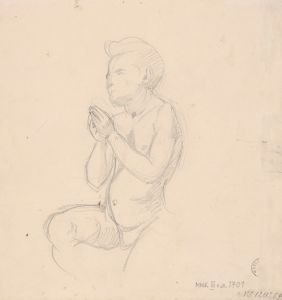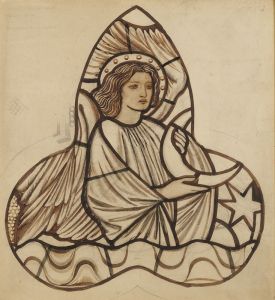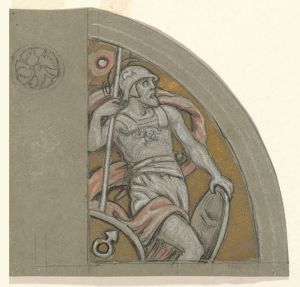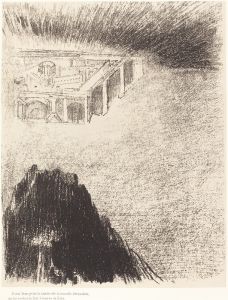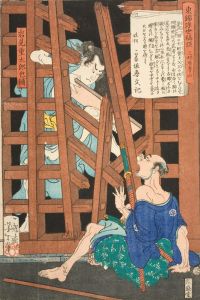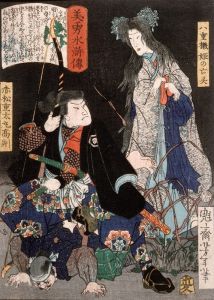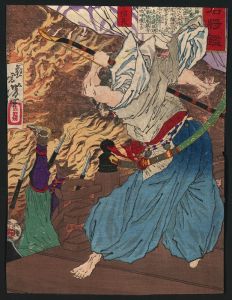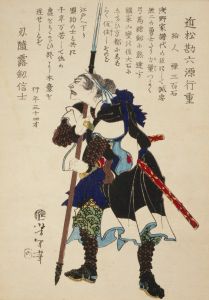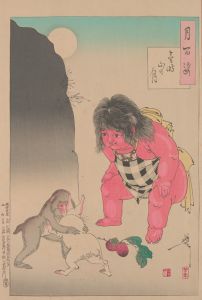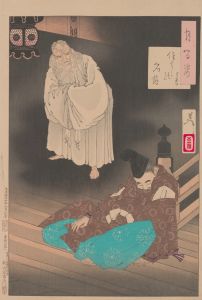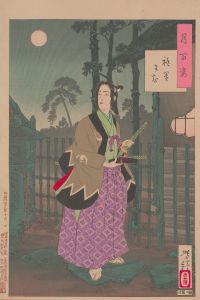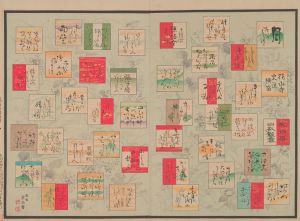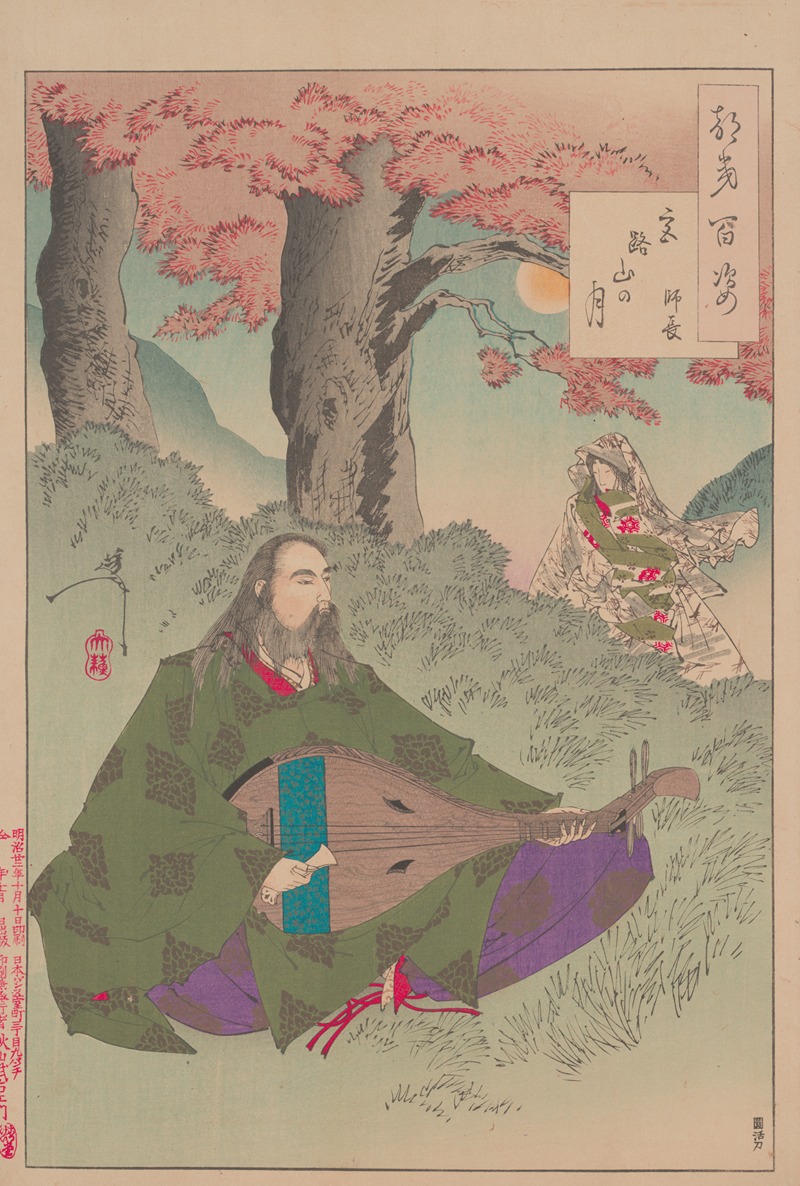
Mount Miyaji moon
A hand-painted replica of Tsukioka Yoshitoshi’s masterpiece Mount Miyaji moon, meticulously crafted by professional artists to capture the true essence of the original. Each piece is created with museum-quality canvas and rare mineral pigments, carefully painted by experienced artists with delicate brushstrokes and rich, layered colors to perfectly recreate the texture of the original artwork. Unlike machine-printed reproductions, this hand-painted version brings the painting to life, infused with the artist’s emotions and skill in every stroke. Whether for personal collection or home decoration, it instantly elevates the artistic atmosphere of any space.
Tsukioka Yoshitoshi (1839–1892) was a renowned Japanese artist known for his woodblock prints and paintings, particularly in the ukiyo-e style. He is often celebrated for his innovative approach to traditional Japanese art and his ability to capture the complexities of human emotion and the supernatural. One of his notable works is "Mount Miyaji Moon," which is part of his acclaimed series "One Hundred Aspects of the Moon" (Tsuki hyakushi).
The "One Hundred Aspects of the Moon" series, created between 1885 and 1892, is considered one of Yoshitoshi's masterpieces. This series consists of 100 woodblock prints, each depicting a scene inspired by Japanese and Chinese history, literature, folklore, and mythology, all unified by the motif of the moon. Yoshitoshi's work in this series is noted for its exquisite detail, vibrant colors, and the artist's ability to convey narrative depth and emotion.
"Mount Miyaji Moon" is one of the prints in this series. While specific details about this particular print are limited, it is consistent with the themes and style of the series. The series often explores themes of beauty, heroism, and the supernatural, with the moon serving as a symbol of mystery and inspiration. Yoshitoshi's prints frequently feature historical figures, legendary heroes, and mythical beings, all set against the backdrop of the moonlit night.
Yoshitoshi's work is characterized by his use of bold lines, dynamic compositions, and a keen attention to detail. His prints often incorporate elements of traditional Japanese aesthetics while also reflecting the influence of Western art, which was becoming increasingly popular in Japan during the Meiji period. This blend of influences is evident in the "One Hundred Aspects of the Moon" series, where Yoshitoshi combines traditional Japanese themes with innovative artistic techniques.
The "One Hundred Aspects of the Moon" series was created during a time of significant change in Japan, as the country was transitioning from the Edo period to the Meiji era. This period was marked by rapid modernization and Westernization, and Yoshitoshi's work reflects the tension between tradition and modernity. Despite these changes, Yoshitoshi remained committed to the ukiyo-e tradition, and his work is often seen as a bridge between the old and the new.
Yoshitoshi's prints, including "Mount Miyaji Moon," have been praised for their emotional depth and technical skill. His ability to convey complex narratives and emotions through the medium of woodblock printing has earned him a lasting legacy in the world of Japanese art. Today, Yoshitoshi is regarded as one of the last great masters of the ukiyo-e tradition, and his work continues to be celebrated for its artistic and cultural significance.
In summary, "Mount Miyaji Moon" by Tsukioka Yoshitoshi is a part of the "One Hundred Aspects of the Moon" series, which showcases the artist's mastery of the ukiyo-e style and his ability to blend traditional Japanese themes with innovative artistic techniques. Through this series, Yoshitoshi captures the beauty and mystery of the moon, while also reflecting the cultural and historical changes occurring in Japan during his lifetime.





